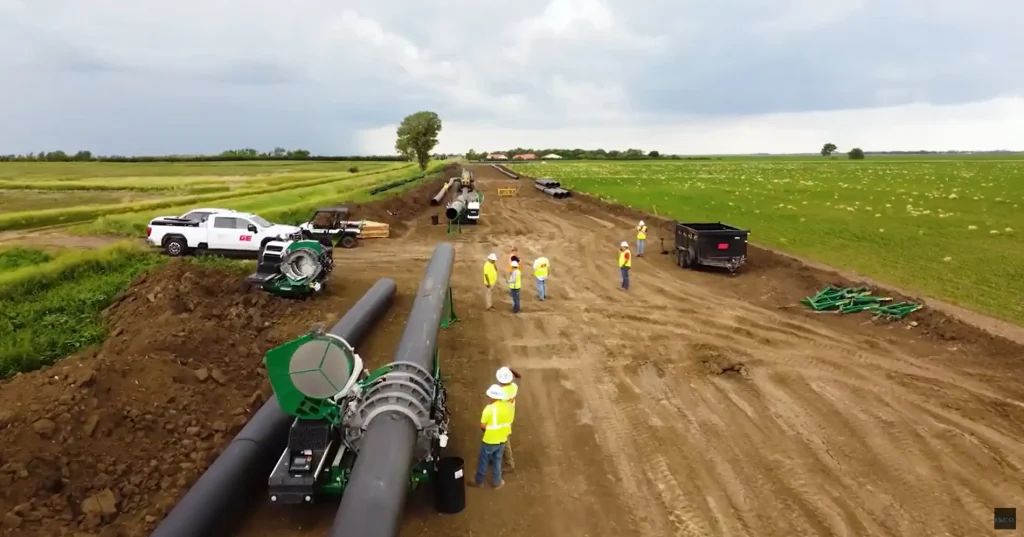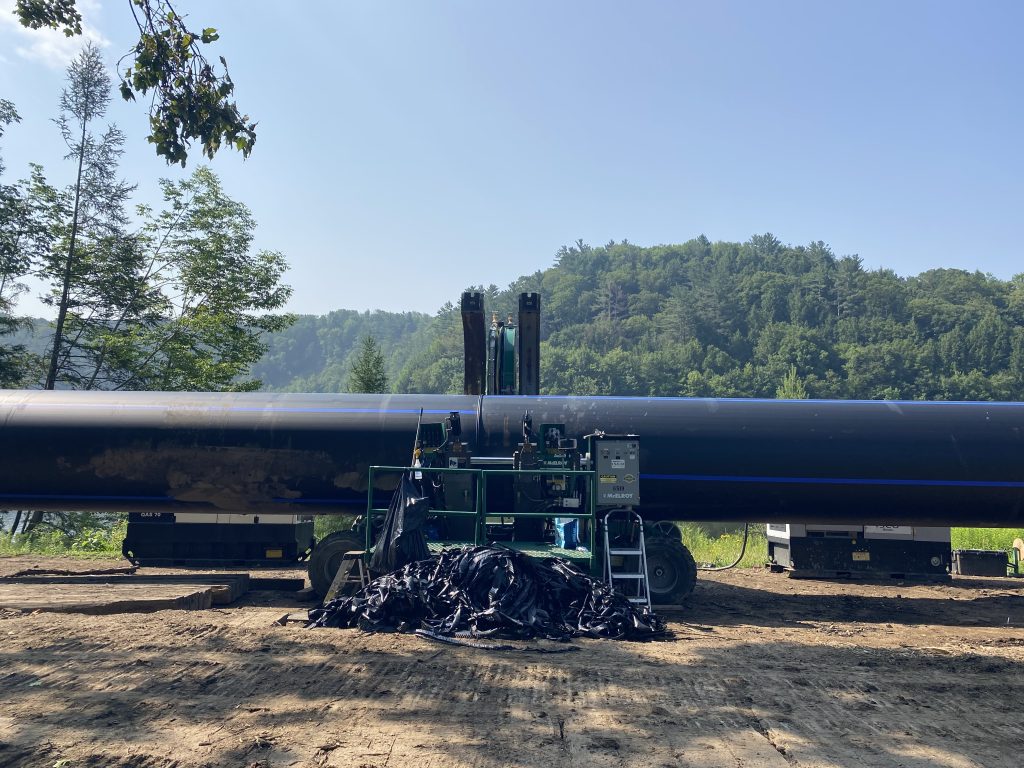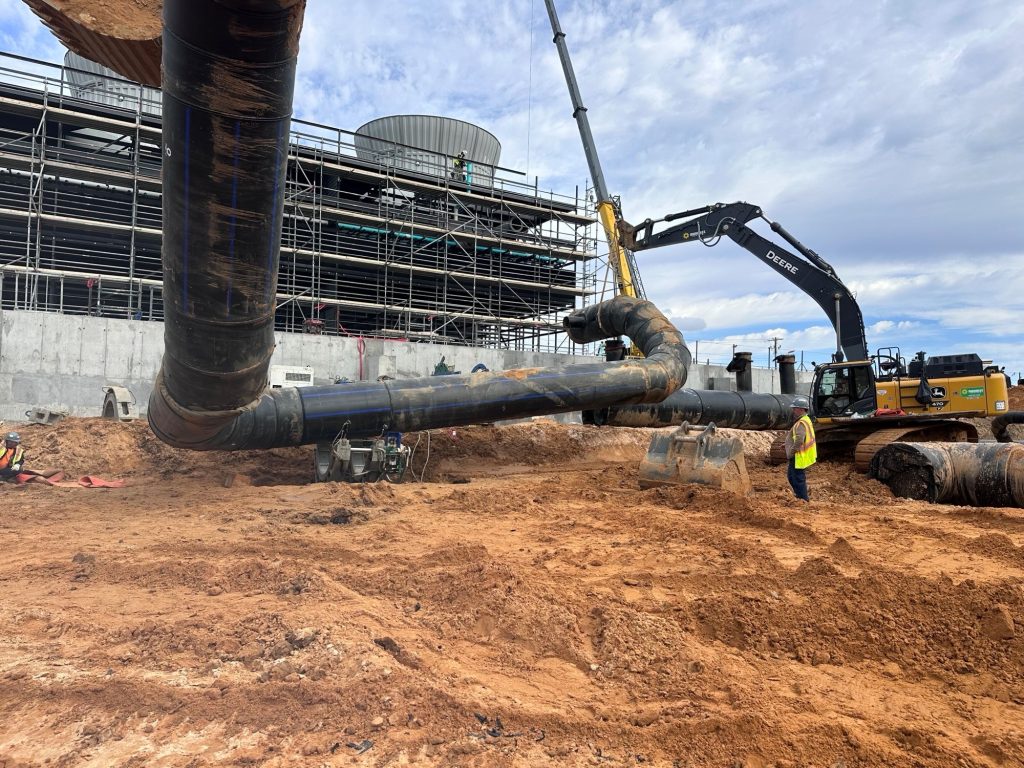Resources
Field Reports
North Carolina City Saves Money by Relining Culvert with Snap-Tite® Pipe
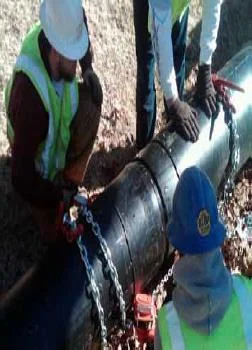
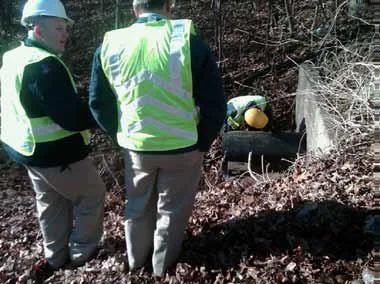
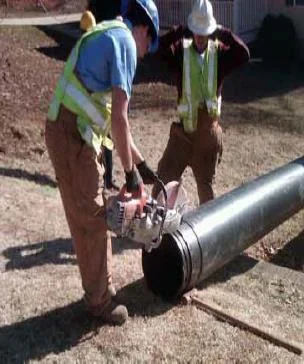
The Problem
Two corrugated metal pipe (CMP) culverts located in a residential neighborhood in the city of Gastonia, North Carolina were damaged due to rust. One culvert was 24 inches in diameter and the other one was originally 18 inches in diameter but had deflected inward reducing the interior dimension to approximately 16 inches, eight to 10 feet from the inlet end. This deflection was not discovered until the repair of the culvert took place.
The city of Gastonia needed to replace the old CMPs but did not want to disturb the asphalt paved road. In addition, there were four underground utilities crossing that had the potential to be damaged if a traditional open cut replacement was used. A trenchless method of repairing the culverts was the better option.
The Solution
City of Gastonia’s Public Works Engineer Jimmy Lineman spoke with Snap-Tite® representative Bruce Larson about the benefits of using the Snap-Tite® culvert pipe lining system.
Snap-Tite® is made of high-density polyethylene (HDPE) pipe. It has a patented male/female machining at each end of the HDPE pipe that is ‘snapped’ together, piece-by-piece, and pushed into the full length of an existing pipe. Any annular space and voids between the old culvert and new liner are filled in with grout. The pipe liner is available in lengths from two feet to 50 feet, and is available for culverts with diameters from eight inches to 84 inches. Snap-Tite® also meets American Association of State Highway and Transportation Officials (AASHTO) Standard M326 for rehabilitating culverts.
Cost Savings
The city offers its employees an opportunity to submit cost saving alternatives for projects. After speaking with Larson, Lineman chose to present a Snap-Tite® proposal to the city. Lineman’s proposal showed that Snap-Tite® would save the city both time and money on this project in comparison to an open cut and replacement method. According to his estimates, the city would save approximately 41 percent by relining the 18-inch CMP with 16- inch Snap-Tite® pipe liner and about 25 percent by relining the 24-inch CMP with 20-inch Snap-Tite® pipe instead of using a dig and replace method for both culverts.
In addition, by using Snap-Tite® to line the CMP culverts, traffic would not be disrupted, trees would not be removed or disturbed in the residential district, installation would be quick and efficient, and the four underground utilities crossing in the area of the repair would not be damaged. If the city used a traditional open cut replacement method, the utilities could potentially be damaged.
The Installation
Two 21-foot sections and one 11-foot section of 16-inch diameter Snap-Tite® pipe were used to reline the 18-inch CMP. The city’s crew used come-a-longs and chains to join the Snap-Tite® pipe. After each section was joined, the liner was to be inserted into the existing CMP. However, an unseen bend in the 18-inch CMP pipe required some quick field alterations. The crew cut a bullet nose out of one end of the first section of Snap-Tite® pipe. The bullet nose reduced the outside diameter of the Snap-Tite® pipe end enabling the liner to successfully navigate through the deformation in the old pipe. The process of joining the Snap-Tite® liner and inserting it into an existing pipeline is repeated until the failing culvert is completely relined.
For the 24-inch diameter culvert, two 24-foot Snap-Tite® pipe sections and one 11-foot section were used to line the old pipe. The 24-inch CMP had not deflected so a bullet nose was not required to slip the pipe inside.
Both installations took only half a day to complete and none of the underground utilities were disturbed. The city saved time and money on the installation having used the no-dig Snap-Tite® culvert lining method.
